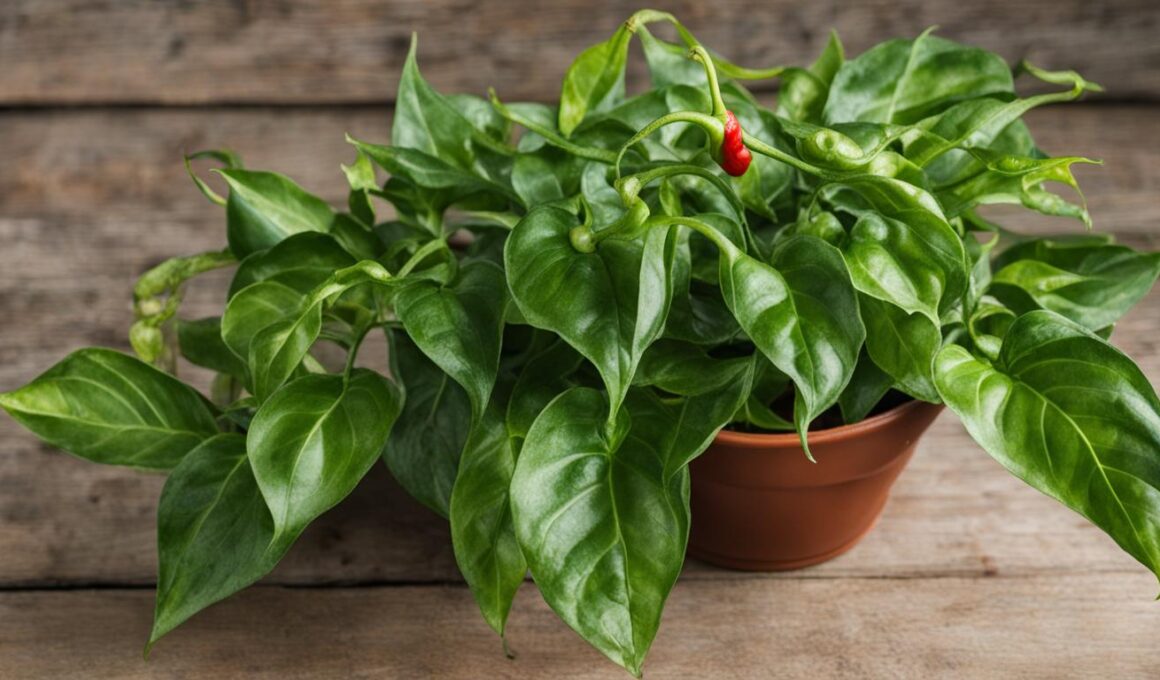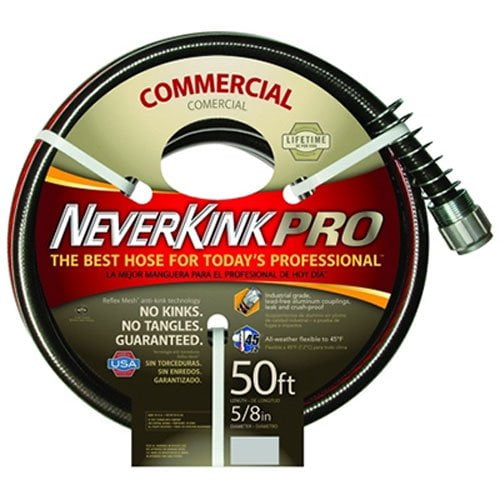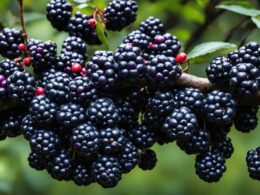If you’re a pepper plant enthusiast, you may have encountered the frustrating issue of your pepper plant leaves curling. This common problem can be indicative of underlying plant stress and requires prompt attention to maintain the health and vitality of your pepper plants.
Several factors can contribute to pepper plant leaves curling, including overwatering, plant edema, nutrient deficiency, too much light, and insect damage. Additionally, root bound plants, bacterial infection, and poor pollination can also lead to leaf curling.
Identifying the specific cause of leaf curling is crucial for implementing the appropriate treatment. In the next sections, we will explore the different causes of pepper leaf curl and provide insights into effective treatment options.
Overwatering as the Cause of Pepper Leaf Curl
Overwatering can be a common culprit behind pepper leaf curl. When pepper plants receive too much water, it can lead to several issues, including curling leaves, yellowing foliage, and stunted growth. Poor drainage, particularly in potted plants, often contributes to overwatering problems. To mitigate the risks associated with overwatering, it is vital to establish a proper watering schedule and ensure good soil moisture levels.
When watering pepper plants, it is crucial to wait until the soil is adequately dry before providing water. This prevents excess moisture from accumulating around the roots, which can disrupt the plant’s ability to absorb nutrients and oxygen. To determine when to water, regularly check the soil moisture levels using a water meter or by feeling the top few inches of soil. Only water when the soil feels dry to the touch.
Additionally, ensuring proper drainage is essential for preventing overwatering. Good drainage allows excess water to flow out of the soil, reducing the risk of waterlogged roots. If you’re growing pepper plants in containers, make sure they have drainage holes to facilitate effective water removal. For in-ground plants, consider amending the soil with organic matter, such as compost, to improve drainage.
Remember, overwatering can have adverse effects on pepper plants, causing leaf curl, yellowing leaves, and stunted growth. By following a proper watering schedule, monitoring soil moisture levels, and ensuring adequate drainage, you can prevent the negative consequences of overwatering and promote healthy growth in your pepper plants.
Other Causes of Pepper Leaf Curl
Besides overwatering, there are other causes of pepper leaf curl. It’s important to identify these causes in order to implement effective treatment for your plants. Here are some common culprits:
- Plant Edema: Plant edema is a common disorder characterized by irregular water retention in plant tissues. When pepper plants experience excessive water absorption, it can lead to leaf curling. To prevent plant edema, ensure that your plants are receiving proper watering and drainage.
- Nutrient Deficiency: Lack of essential nutrients, particularly calcium, can cause the leaves of pepper plants to curl. It is crucial to provide your plants with a balanced nutrient-rich soil and consider using fertilizer to address any deficiencies.
- Too Much Light: Exposing pepper plants to excessive sunlight or high-intensity artificial light can lead to leaf curling. Ensure that your plants are receiving the appropriate amount of light for their specific requirements.
- Insect Damage: Pests such as aphids or spider mites can damage the leaves of pepper plants, resulting in curling. Regularly inspect your plants for any signs of insect infestation and take appropriate pest control measures.
- Root Bound Plants: When the roots of pepper plants become overcrowded and bound within a container, it can restrict their growth and lead to leaf curling. Make sure to repot your plants in larger containers when necessary to give their roots ample room to grow.
- Bacterial Infection: Bacterial infections can cause leaf curling in pepper plants. Keep an eye out for any signs of disease such as wilting, discoloration, or lesions on the leaves. If you suspect a bacterial infection, remove affected plants promptly and practice good sanitation to prevent the spread of disease.
- Poor Pollination: Inadequate pollination can also contribute to leaf curling in pepper plants. Insufficient pollination can result in irregular growth patterns and deformities in leaves. To ensure proper pollination, consider hand-pollinating your plants or attracting pollinators to your garden.
By understanding the various causes of leaf curling in pepper plants, you can take the appropriate steps to address the underlying issues and promote healthy growth. Remember, prevention is key, so providing optimal care and creating a favorable environment for your plants is crucial in maintaining their overall health and productivity.
Could Deer Eating Marigolds Be Causing Pepper Plant Leaves to Curl?
Do deer eat marigolds? This is a question that gardeners often ponder. If you are experiencing pepper plant leaves curling, it may be due to deer snacking on your marigolds. These beautiful flowers are not typically on a deer’s preferred menu, but if food is scarce, they may turn to them. Monitor your garden closely to protect your precious plants.
Conclusion
Leaf curling in pepper plants can be a cause for concern, but understanding the underlying issues and implementing the appropriate treatment can help restore their health. Prevention is key when it comes to leaf curling, and optimal plant care plays a crucial role in maintaining healthy pepper plants.
To prevent leaf curling, it is important to focus on providing proper care for your pepper plants. This includes ensuring they receive the right amount of water, as overwatering can lead to leaf curling. Additionally, be mindful of the lighting conditions and avoid exposing the plants to too much light, as this can also contribute to curling leaves.
Addressing nutrient deficiencies is another vital aspect of optimal plant care. Proper fertilization, especially with nutrients like calcium, can help prevent leaf curling. Regularly inspect your plants for signs of insect damage, as pests can cause leaf curling as well. Finally, optimizing the growing environment and ensuring good pollination can further help prevent leaf curling in pepper plants.
By implementing these preventive measures and providing optimal care for your pepper plants, you can maintain their overall health and productivity. Remember to promptly address any leaf curling issues by identifying the underlying cause and applying the appropriate treatment. With the right approach, you can enjoy healthy, vibrant pepper plants in your garden or indoor space.









